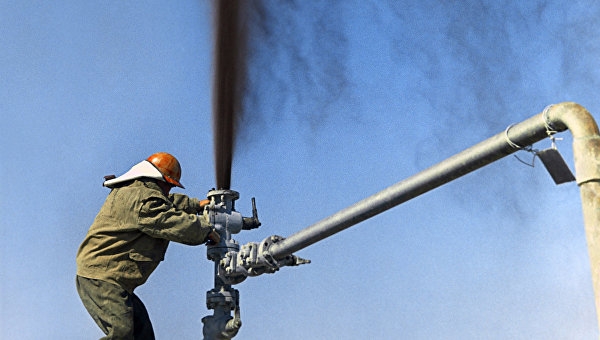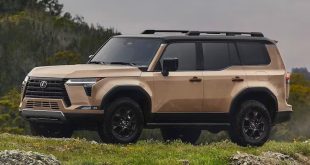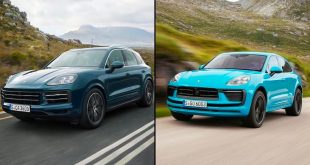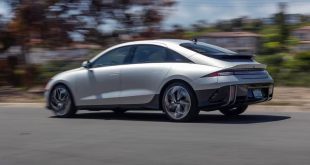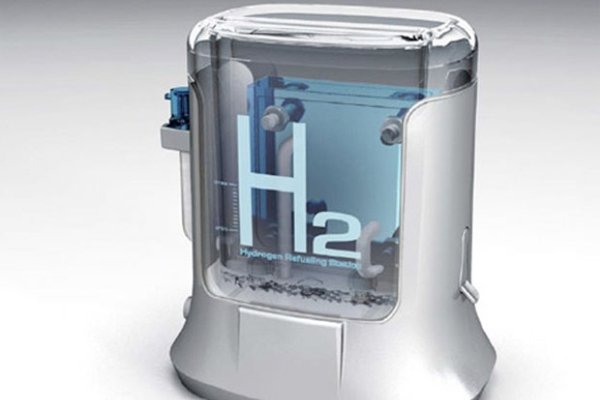
Researchers from the University of British Columbia (UBS) developed a model of infrastructure supply hydrogen, which in just 30 years, will make the hydrogen car of the rare curiosities of everyday transport.
In its report, the UBC researchers provide an analysis of the infrastructure necessary to support hydrogen vehicles in the province of British Columbia. Production companies will gather side of hydrogen in chemical plants or to produce it by electrolysis of water and steam reforming of methane.
And in major urban centers you need to create a network of gas stations to service the consumer. “Hydrogen vehicles are a serious alternative to electric vehicles with rechargeable battery, which do not always meet the requirements of fast charging, long trips or cold weather,” says lead author of the Stroke Taleban, a PhD candidate in mechanical engineering at UBC.
“We think we’ve created the most comprehensive model of the introduction of hydrogen in a region like British Columbia, where the demand for these types of vehicles is still low,” – said the researcher.
Researchers working in collaboration with the research Center of clean energy UBC (CERC) analyzed the future demand for hydrogen vehicle light-duty given the potential effects of such public support instruments, as the tax on emissions standards and low carbon fuel.
“Provided that the government of British Columbia will conduct such a policy, and also subject to the availability of a sufficient number of hydrogen vehicles, our model assumes that the demand for hydrogen is rapidly increasing every year,” says co-author and program Manager CERC Omar Herrera.
Scientists note that such hydrogen-powered models like the Toyota Mirai and Hyundai Nexo has already been sold in the province, and last year in Vancouver opened the first in Canada hydrogen filling stations. By the year 2020 in greater Vancouver and Victoria there will be a network of six stations according to the resource Science Daily.
“However, we need a very solid network of filling stations in order to really facilitate mass deployment of hydrogen transport. We hope that our framework will help in its implementation”, – said a senior researcher Walter Merida, design engineer UBC learning technologies in the field of clean energy.
“We see a future where hydrogen can be economically competitive with gasoline, reducing greenhouse gas emissions, concludes Merida. – This study is part of a broad interdisciplinary approach to the future of transport. As soon as the energy system will become intelligent and low-carbon, hydrogen will be a critical bridge between renewable energy and transportation”.



